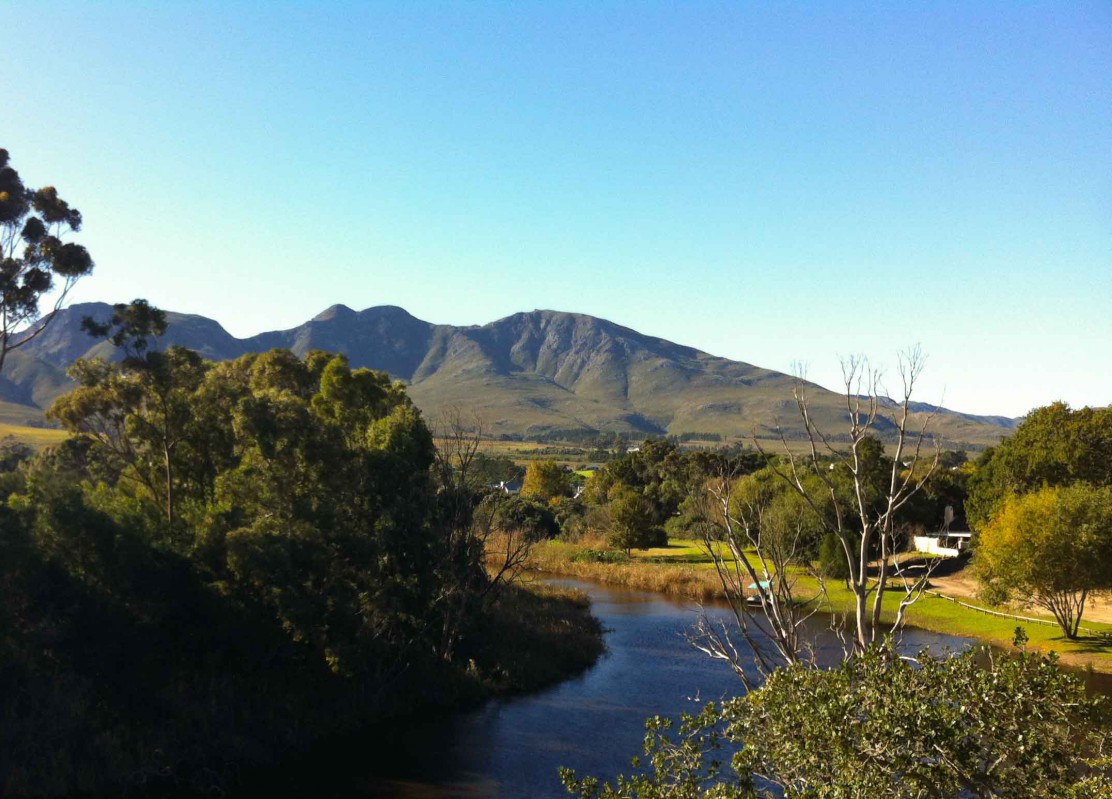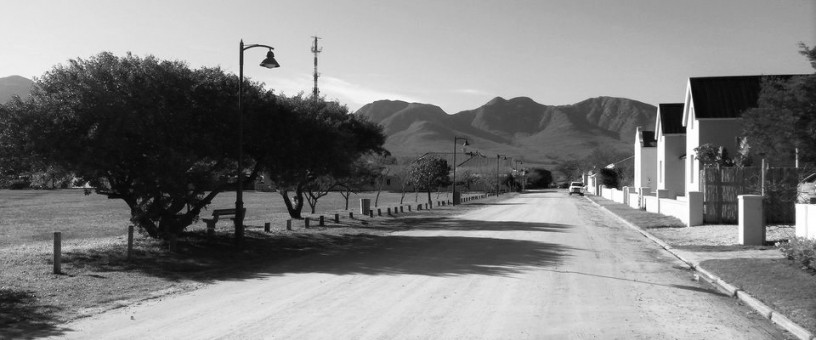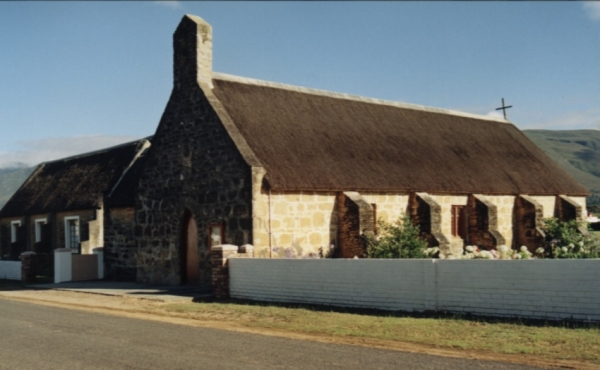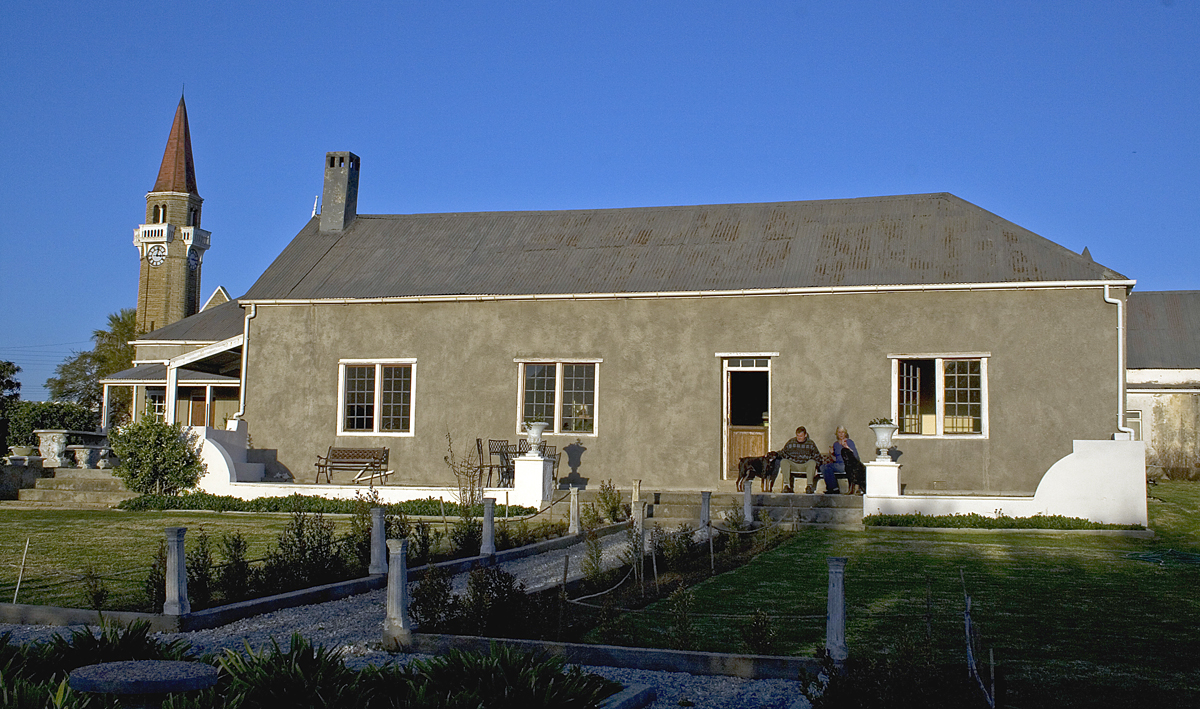“If you don’t know history, then you don’t know anything.
You are a leaf that doesn’t know it is part of a tree. ”
― Michael Crichton
I recently joined the Hermanus Historical Society on a Historical Stanford on Foot Tour. It was an absolute source of delight to me. And no, it does not make me feel old. It makes me feel special to be living in history that others will one day read about.
There’s a particular joy, for me at least, to rummage through articles, books, websites and more to cure my need for more information on history and heritage. And only like-minded people who have the same interests as myself will connect with me on that point.
And further reading brought me to the following amazingly awesome things about Stanford that I never knew about:
Charming Architecture
The original layout of Stanford dates to 1857 when De Kleine Rivier Valey Farm was subdivided into a typical rural village layout: a simple orthogonal (right-angled) grid with large erven and a central public square. This simple layout remains today.
Stanford’s architectural styles range from the late 1700s to the early 1900s, and include the following: the simple cottage; the Victorian barn (simple or adapted, and thatched); and the eclectic villa or gabled house (either Victorian or Cape Dutch Revival).
Did you know?
In 1919 a municipality was formed in response to a threat to the village’s water supply. The village received its water from “Die Oog”, a freshwater spring issuing 1 250 000 gallons (4,7 million litres) of water daily on the farm Oogbosch of Hendrik Taljaard, who lived in Caledon Street where he grew grapes for the making of wine and for distilling witblits. When Halley Moore heard that Taljaard was planning to sell Oogbosch to a certain Mr Swart from Uilenkraal, he realized that something had to be done to retain the town’s water supply. A municipality was formed, Halley was elected mayor and Oogbosch with its spring was bought for £2 000.
Born an Anglican
St Thomas Anglican Church proudly sits on the corner of Stanford’s heart – the commonage, or the “market square” as it is referred to by Stanford residents. It is the oldest church in Stanford and was built around 1880. The small building next to the church served as the St Thomas Mission School. By 1914 the school had two classrooms and more space was needed. In 1939 the school was moved to the present site of Die Bron primary school in Stanford South. The building was still used as two classrooms for Sub A & B until 1983.
A long juicy tale
The Long House in Queen Victoria Street was purchased by Michael Walsh in 1903, and he converted the original cowshed into a house. Mr Walsh’s parrot, kept on the front stoep, would often bring a passing horse-cart to an abrupt halt with his shrill, “Hokaai!”
Birkenhead survivors at De Kleine Rivers Valey house
The farmhouse on de Kleine River Valey was built by Christoffel Brand in the late 1700s. Lady Ann Barnard stayed here in 1798 when she conducted her tour from Cape Town to the interior. The house belonged to, among others, Sir Robert Stanford who leased the farm to another British officer, Captain Thomas Smales. Ensign GA Lucas, one of the survivors of the troopship Birkenhead which was wrecked off Danger Point in February 1852, in a letter to his father from “Smails farm on the Kleyne River”, said that he could “never say enough of the kindness…where they were put up and cared for. Had I been their own son better care could not have been taken of me. Twice a day I was put into a hot bath and then rubbed with coconut oil…”
Alan Bennett of the ‘History Boys’ sums my curious nature up beautifully:
“The best moments in reading are when you come across something – a thought, a feeling, a way of looking at things – which you had thought special and particular to you. Now here it is, set down by someone else, a person you have never met, someone even who is long dead. And it is as if a hand has come out and taken yours.”
Toodles
#stanfordheritage #overberghistory #visitstanford #capewhalecoast
Sources: Stanford Conservation Trust; A portrait of a Village by Annalize Mouton




